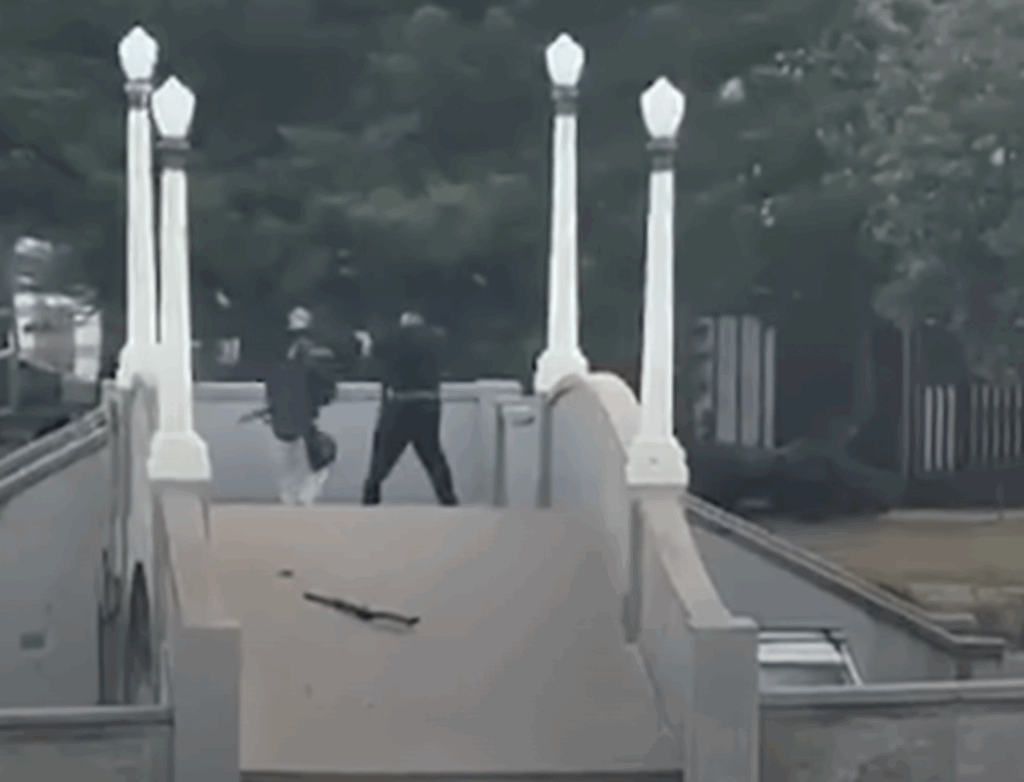UPDATES
Tent Protests and Economic Inequality in Israel
August 5, 2011 | Tzvi Fleischer

As the tent protest movement continues to dominate headlines inside Israel, one of the facts often heard in explaining the background to its growth is that economic inequality inside Israel is very high.
For example, the West Australian reprinted an AFP story which stated:
… gaps between Israel’s rich and poor are among the widest in the Western world. In 2011, Israel ranked fifth for unequal income distribution among the 34 member states of the Organisation for Economic Cooperation and Development.
The same language was repeated on SkyNews.
Most other stories have cited overall social inequality in Israel as a key motivation for the protest as well.
Such claims are not necessarily wrong, but they do oversimplify a complex reality. Those widely cited OECD income inequality numbers reflect in part the diverse, multi-cultural nature of Israeli society. While Israel has certainly become much less socialist and more free market oriented over recent decades, it still has a strong welfare state by international standards. But the lifestyle choices of certain large Israeli minority groups – especially Israel Arabs and ultra-orthodox Jews (known as Haredi) – make them much poorer on average than most Israelis, and make the figures on social inequality look much more skewed than they otherwise would.
As American law professor and sometime Israeli resident David Bernstein recently explained:
One thing that’s NOT really feeding the protests, contrary to some media reports, is “inequality.” One hears often from the Israeli left that Israel has among the greatest disparities in income of all industrialized countries, but those statistics are largely an artifact of the fact that while almost all “secular” Israeli adults are employed, in the Arab sector (20% of the population) very few women work, and in the Haredi sector (over 10% of the population) 2/3 of men don’t work. Also, the center of the country has far more economic opportunity than the periphery. Given that the protestors are overwhelmingly secular young Jews from the center, these concerns are quite obviously not at the forefront of the protests.
Bernstein didn’t say so, but Israeli Arab and ultra-Orthodox families also tend to have more children than average, while living on one income (or in the case of many ultra-Orthodox familes, various welfare payments plus small student stipends, as the men engage in life-long, full-time religious studies). This further skews the per capita income inequality figures.
Bernstein notes some other valuable points about the protesters and their motivation. For instance,
One has to understand the disproportionate importance of housing in the Israeli psyche. It’s the “Israeli dream” to own one’s own apartment. Most Israelis live with their parents until they marry, and then expect to buy an apartment, immediately, usually with significant financial help from the newlyweds’ parents. Renting is socially unacceptable, a sign of failure….
and
…public employees – teachers, physicians, social workers, and so on – feel put upon. The private sector is booming, and salaries have risen dramatically. But public sector salaries haven’t kept pace. In Israel, where it’s not considered at all rude to ask a new acquaintance how much money they make a month, everyone keeps score of such things, and government workers resent how far they’ve fallen behind people with similar education, especially high-tech workers.
It worth reading all that he has to say in full, here.
Tzvi Fleischer
Tags: Israel





